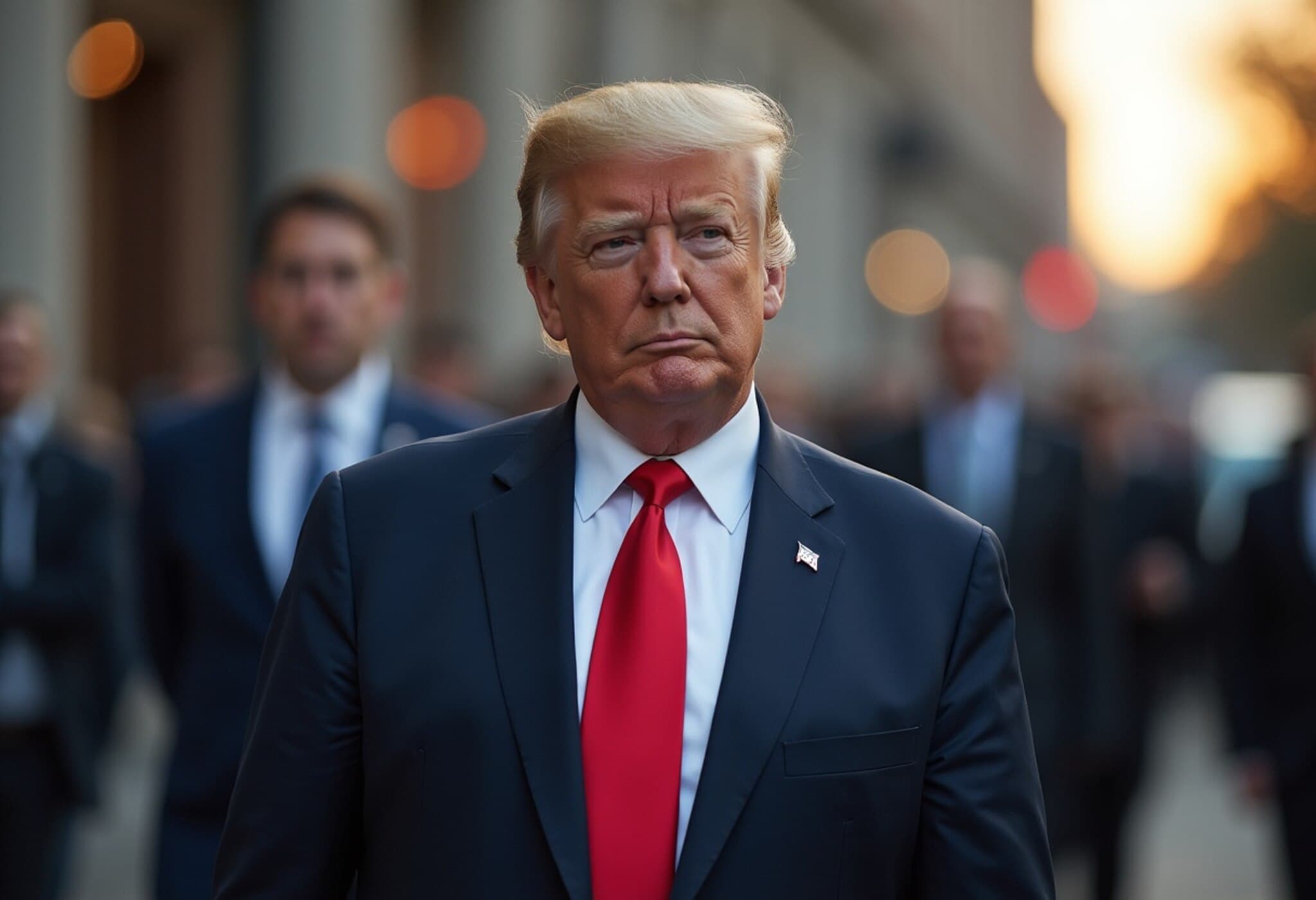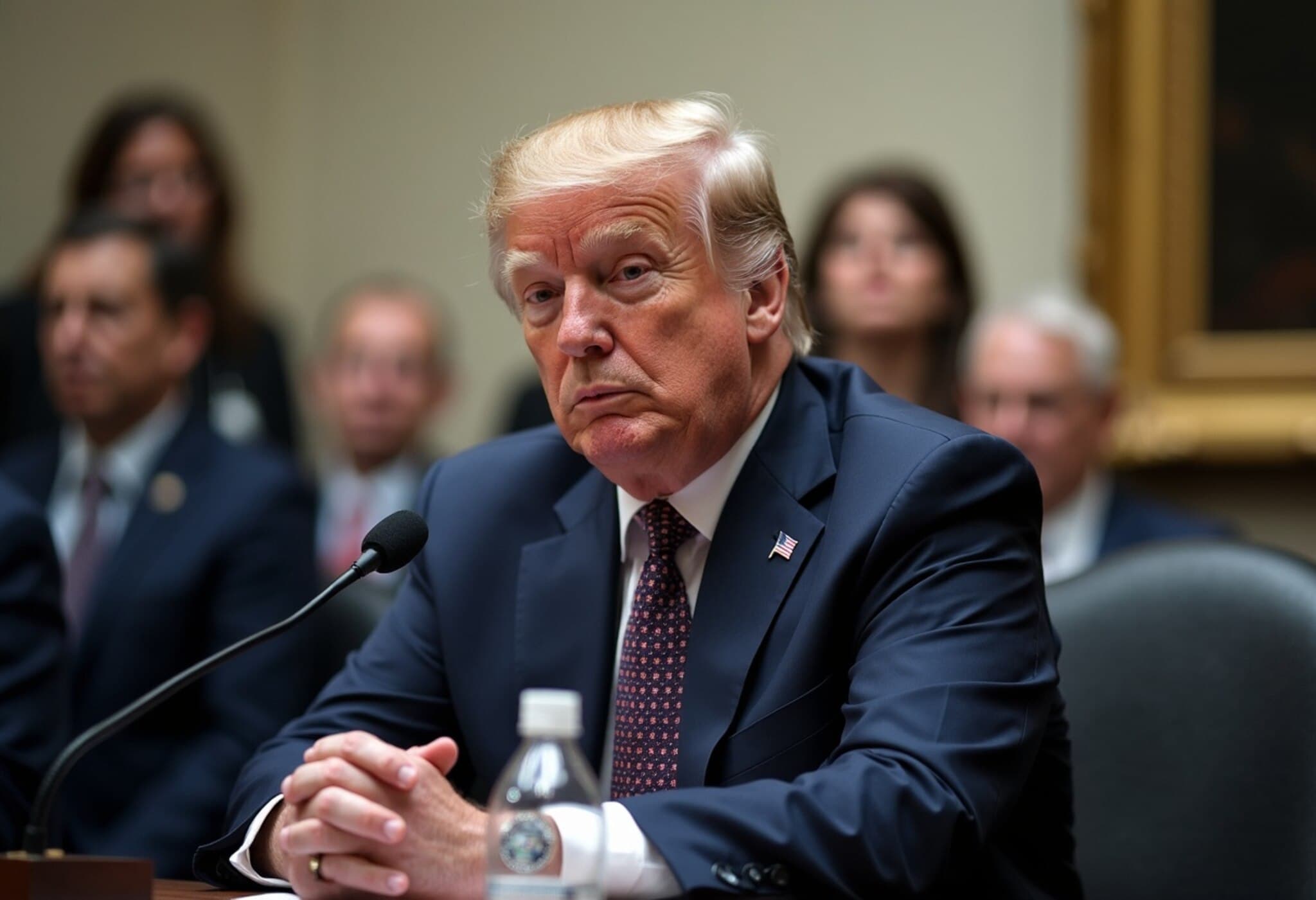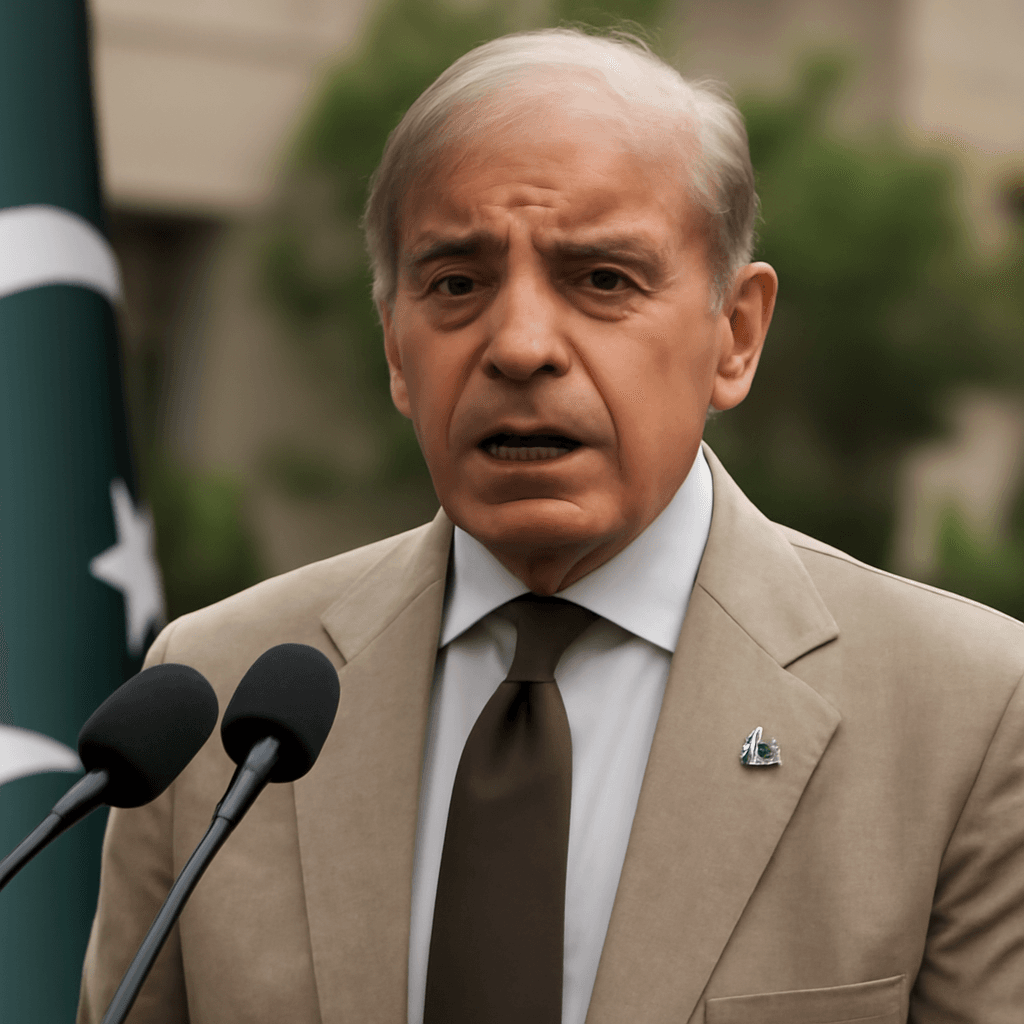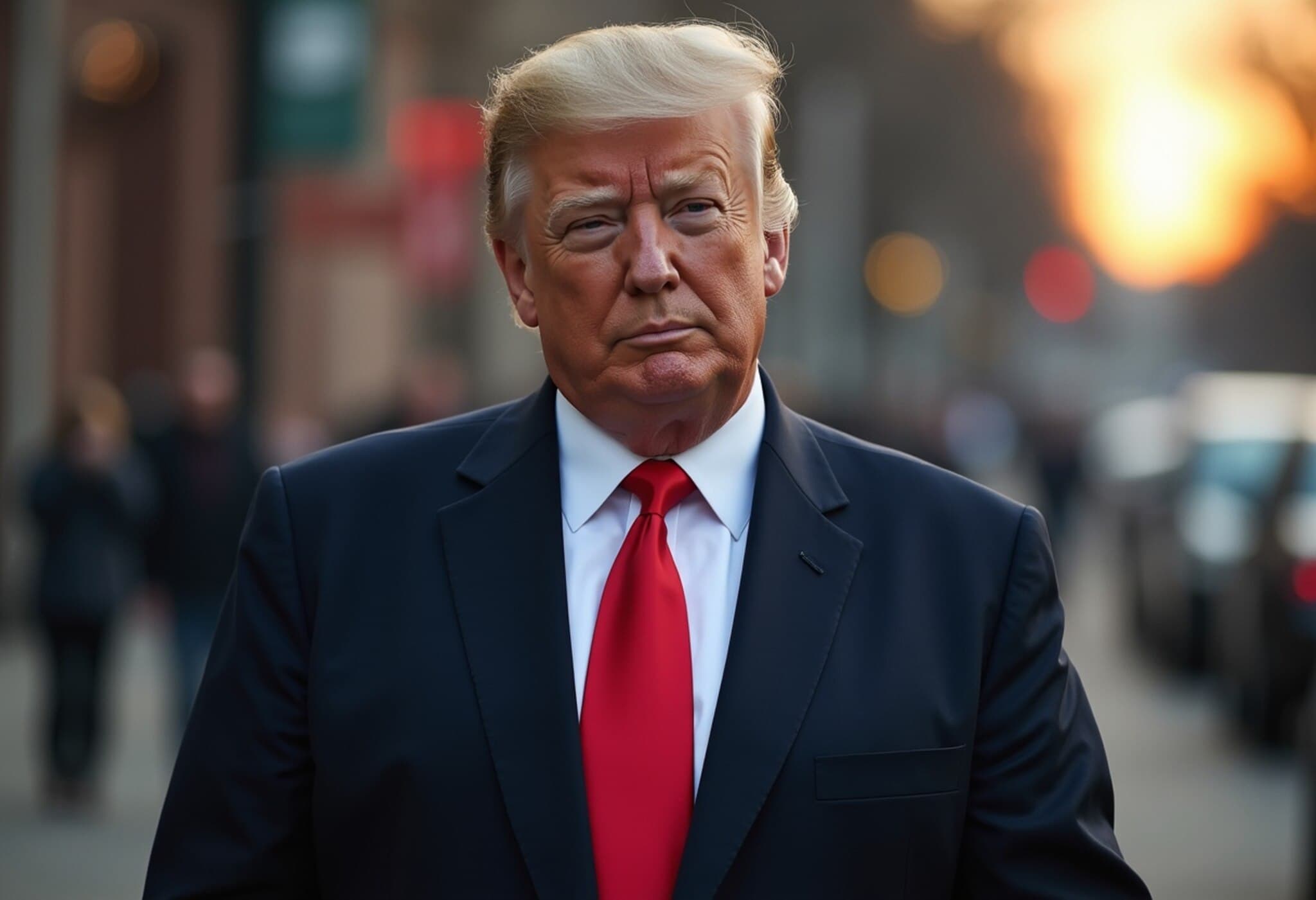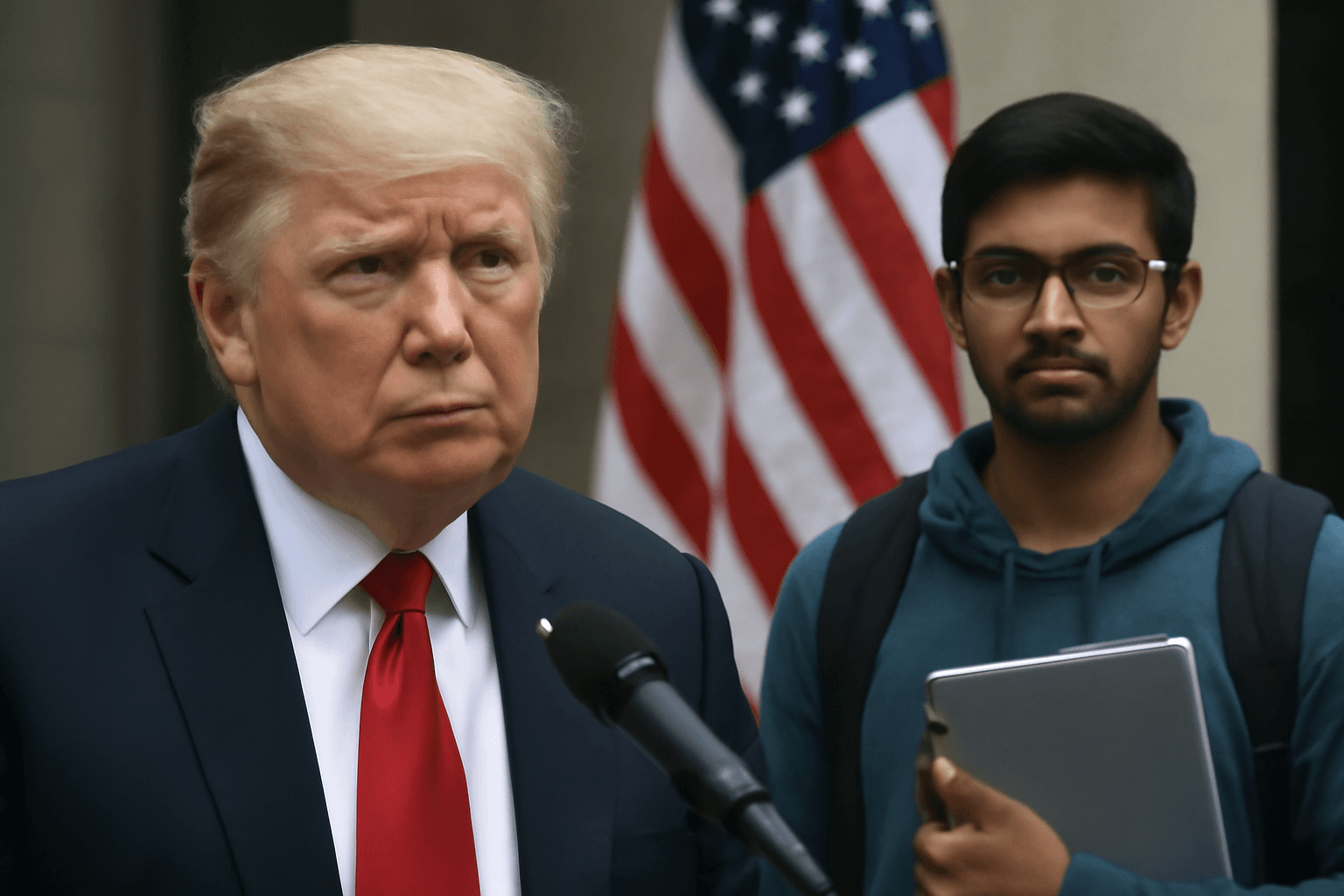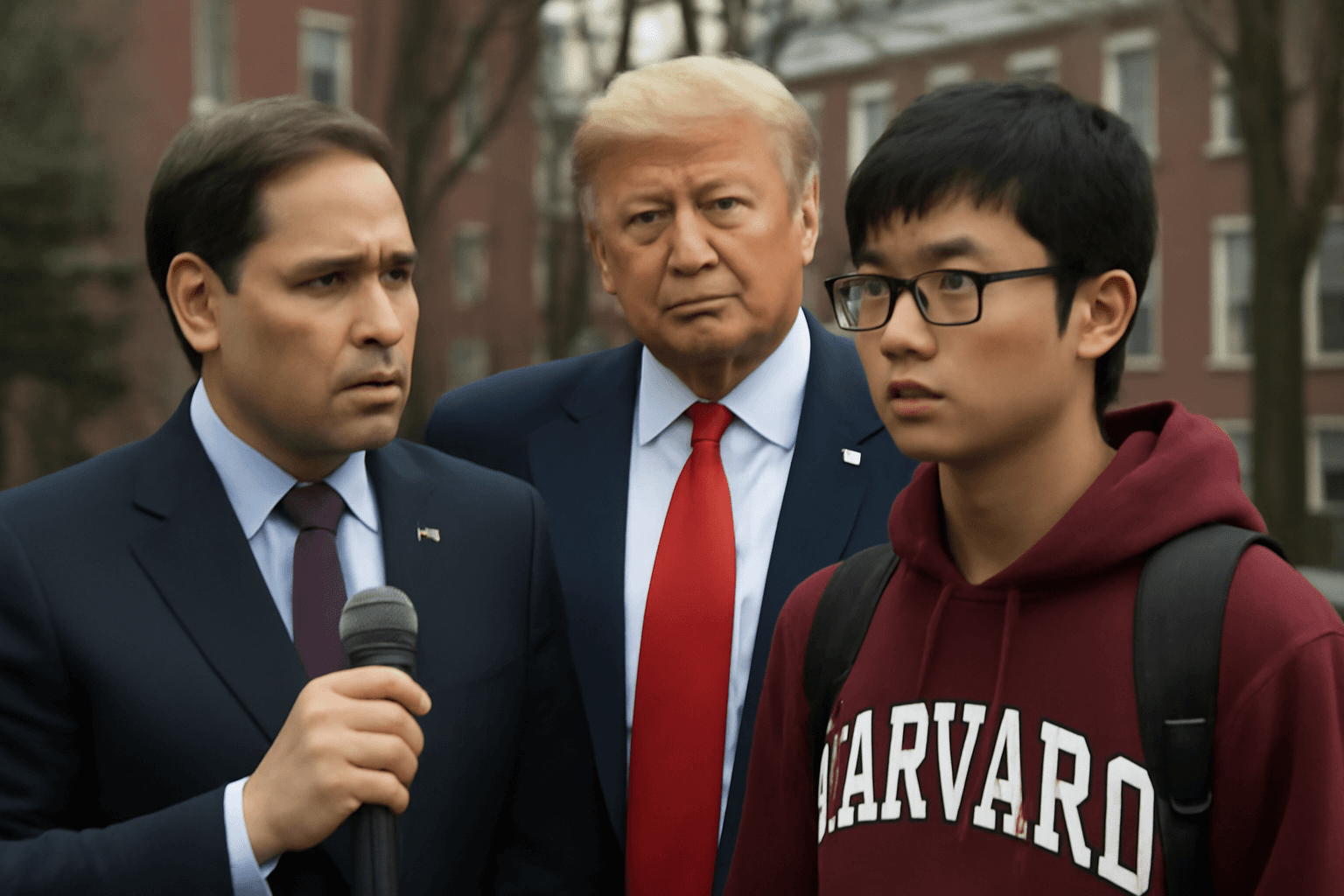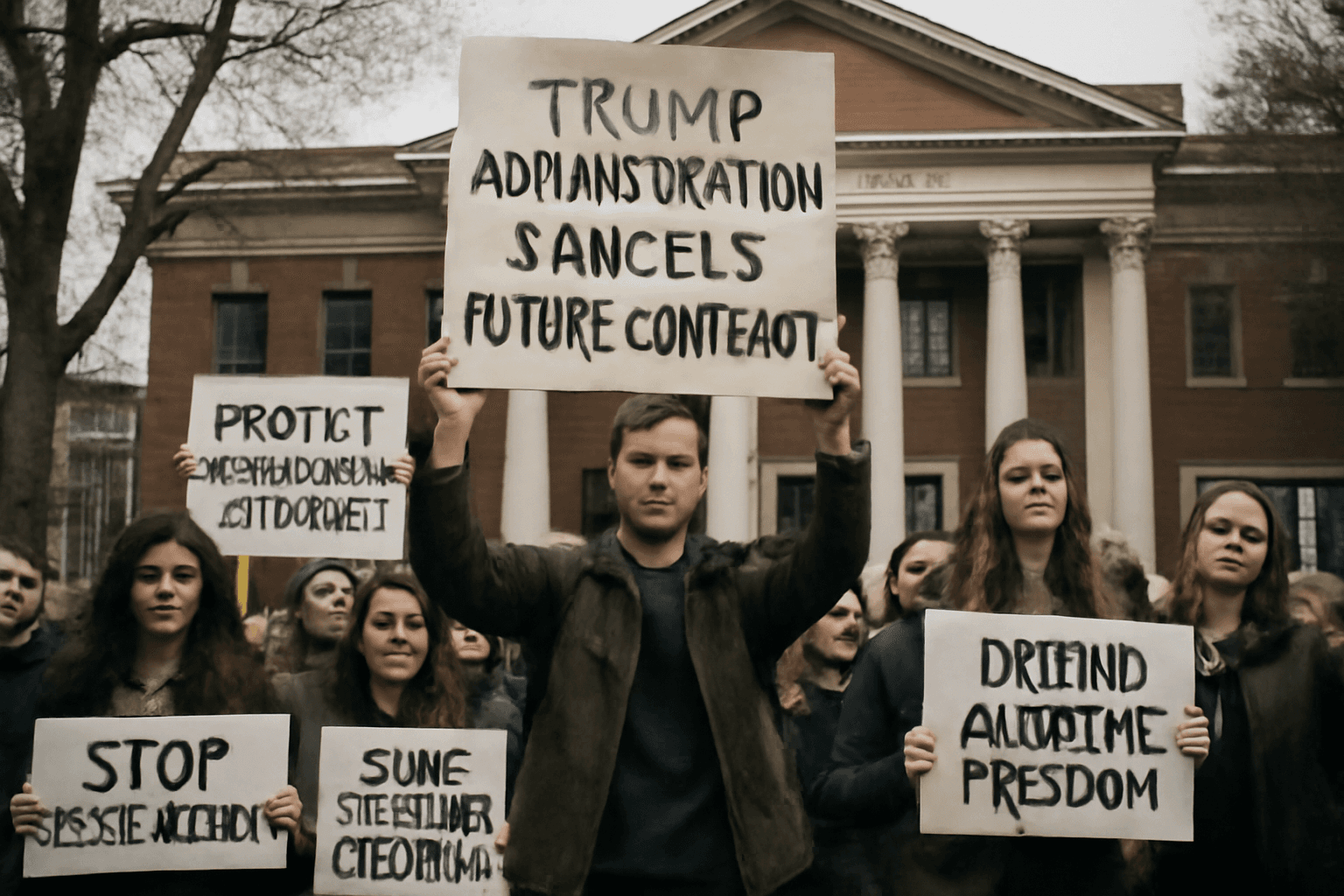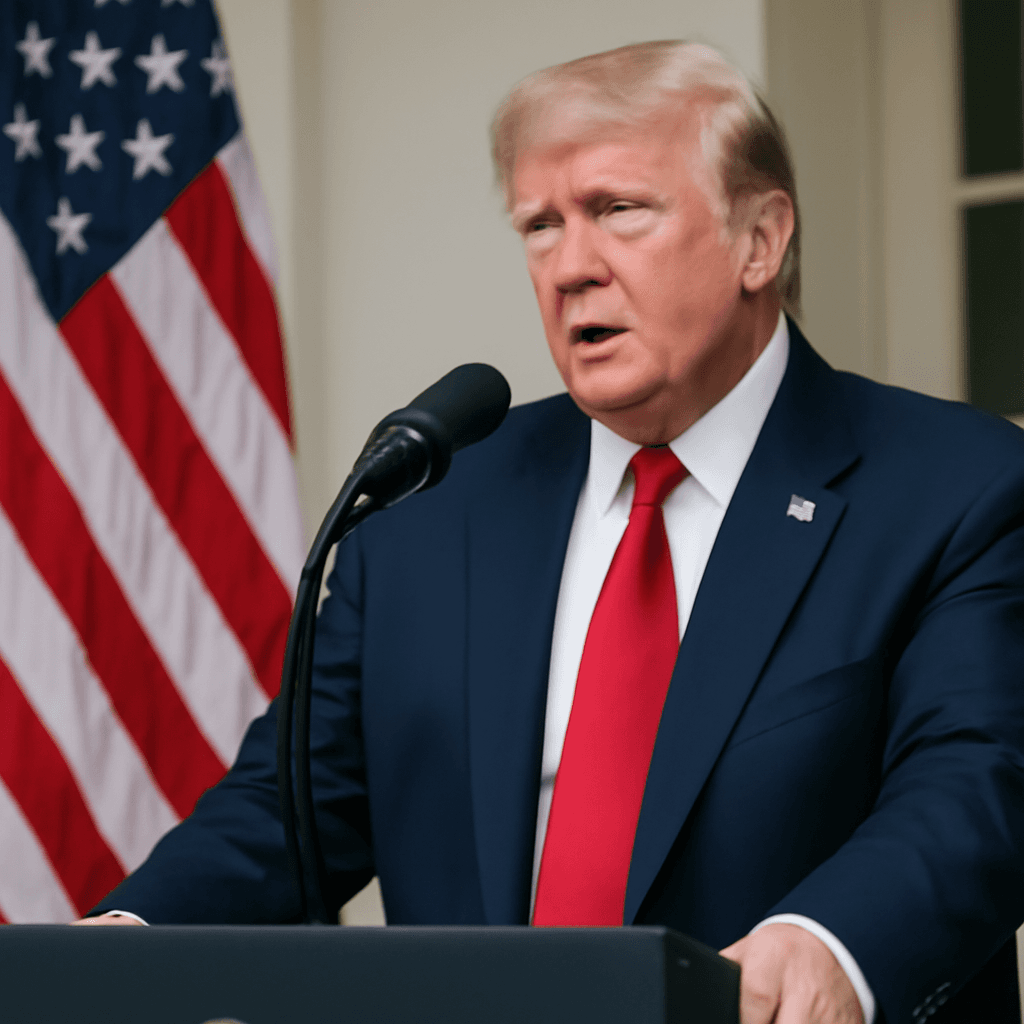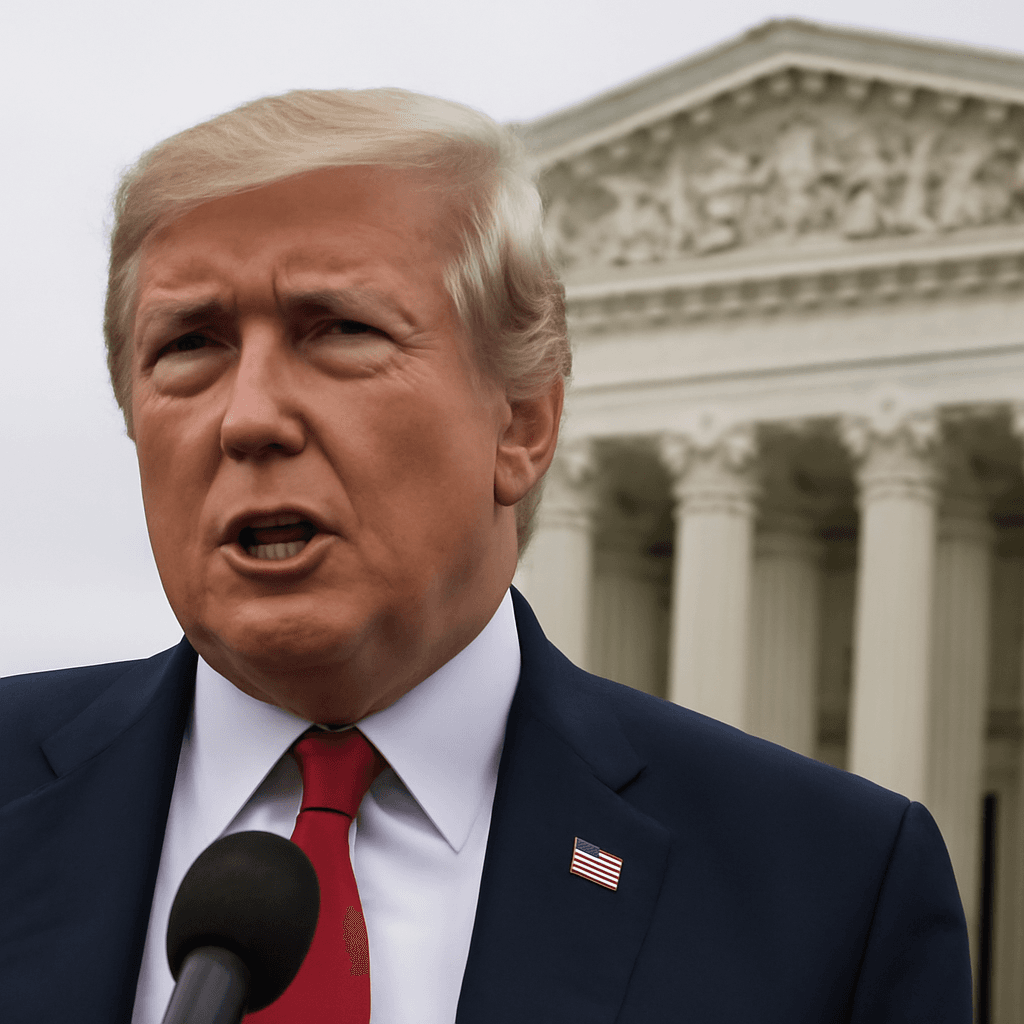US State Department Set to Lay Off More Than 1,300 Employees in Sweeping Trump-Era Restructuring Plan
On Friday, the U.S. State Department is moving forward with layoffs affecting over 1,300 employees, a direct outcome of a substantial reorganization plan initiated during the Trump administration. This major downsizing signals a pivotal shift in America’s diplomatic machinery, sparking intense debate about its potential impact on U.S. global leadership and national security interests.
Details of the Layoffs and Affected Personnel
According to a senior department official speaking anonymously, the downsizing involves 1,107 civil servants and 246 foreign service officers stationed domestically. Impacted foreign service officers will be placed on administrative leave for 120 days before termination, while most civil servants face a 60-day separation period.
The department’s internal communication describes these layoffs as part of an effort to “streamline domestic operations to focus on diplomatic priorities,” targeting roles deemed duplicative, redundant, or fitting candidates for consolidation across more centralized structures.
Administration’s Justification: Efficiency Over Expansion
Proponents, including Secretary of State Marco Rubio, have defended the moves as critical for crafting a leaner and more efficient State Department, better suited to today’s diplomatic realities. Rubio emphasized that these cuts are not arbitrary but strategic eliminations of entire bureaus or functions that are no longer aligned with operational priorities.
“It’s not a consequence of trying to get rid of people. But if you close the bureau, you don’t need those positions,” Rubio said during a press briefing in Kuala Lumpur.
He further clarified that some reductions stem from unfilled vacancies or early retirements, making the numerical impact somewhat less drastic than initially feared.
Critics Warn of Diminished U.S. Diplomatic Power
Despite official reassurances, the layoffs have drawn sharp criticism from current and former diplomats as well as organizations like the American Academy of Diplomacy. They warn that these cuts risk hollowing out institutional knowledge and weakening America's diplomatic capacity amid heightened geopolitical tensions, ranging from ongoing conflicts in Europe and the Middle East to emerging security threats worldwide.
The American Academy of Diplomacy labeled the cuts as an “act of vandalism,” underscoring the urgency of maintaining robust foreign policy instruments in an increasingly contested global landscape.
Similarly, Tom Yazdgerdi, president of the American Foreign Service Association, cautioned that such deep reductions could threaten not only U.S. national interests but also the welfare of Americans abroad who rely on diplomatic support and services.
Broader Context: Trump Administration’s Vision for Government and Foreign Policy
This reorganization is emblematic of the Trump administration’s broader agenda to overhaul the federal government, emphasizing size reduction and efficiency. It comes after significant moves to curtail the U.S. Agency for International Development (USAID) by folding it into the State Department and slashing foreign aid budgets—decisions that raised alarms regarding America’s commitment to global development and diplomacy.
The restructuring also intends to eliminate offices dealing with sensitive areas such as refugee resettlement, human rights promotion, and democracy support, reflecting a shift away from traditional American foreign policy values under the current administration.
Legal and Procedural Milestones
The U.S. Supreme Court recently cleared the way for layoffs, although legal challenges remain active, highlighting the contentious and uncertain nature of these changes. Earlier this week, the department notified staff of impending job notices, confirming a phased but deliberate implementation.
Looking Ahead: The Future of American Diplomacy
As the State Department embarks on this final phase of reorganization, officials pledge to pivot toward “results-driven diplomacy,” prioritizing efficiency and focused operations. Nonetheless, the move raises critical questions about the balance between bureaucratic streamlining and retaining the depth and breadth of expertise necessary for complex global engagement.
Will these changes ultimately make U.S. diplomacy more agile, or will they leave dangerous gaps in America’s international posture at a time when strategic rivals and global challenges are intensifying? The debate underscores enduring tensions between political priorities and the operational realities of sustaining America’s role on the world stage.
Editor’s Note
This sweeping layoff initiative presents a defining moment for U.S. diplomacy. While proponents champion efficiency and modernization, the stakes are extraordinarily high, affecting national security, global influence, and America’s ability to respond to crises worldwide. Readers should watch closely how these workforce reductions translate into diplomatic effectiveness in the coming months, and ask: can sacrificing institutional experience pave the way for a stronger, more focused foreign service, or does it risk diminishing America’s global leadership when it is needed most?

